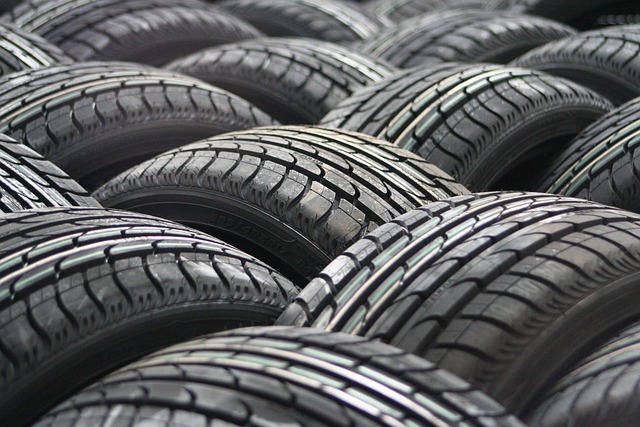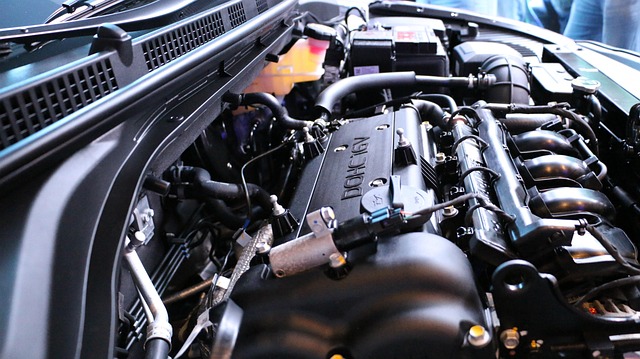Looking to register your car in California? This comprehensive guide breaks down the process step-by-step. From understanding key requirements to securing necessary documents for VIN verification, you’ll learn everything needed to navigate California’s registration process smoothly. By following these clear instructions, you’ll be on the road faster than ever before with a valid California registration plate. Don’t forget to prioritize VIN verification throughout.
- Understand California Car Registration Requirements
- Gather Necessary Documents for VIN Verification
- Perform Vehicle Identification Number (VIN) Check
- Submit Application and Fees to DMV
- Receive Your California Registration Plate
Understand California Car Registration Requirements

Before registering your car in California, it’s crucial to understand the state’s specific requirements for vehicle registration. One key aspect is ensuring that the Vehicle Identification Number (VIN) is verified accurately. This process, often referred to as VIN verification, confirms the authenticity and history of your vehicle, a step essential for both safety and legal compliance.
In California, you’ll need to present a valid, unexpired car insurance policy along with other necessary documents, such as proof of ownership (like a title or bill of sale) and identification. Additionally, if you’re buying a used car, you may require a mobile VIN inspection or mobile vin verification from a trusted service to ensure the vehicle’s condition and history before completing the registration process.
Gather Necessary Documents for VIN Verification

To register your car in California, you’ll need to go through a process known as VIN verification. Before you start, ensure you have all necessary documents. The most crucial document is the Vehicle Identification Number (VIN) report, which can be obtained from various sources including your vehicle’s manufacturer or trusted online platforms. Additionally, gather important paperwork such as the title, registration certificate, and proof of insurance.
For a streamlined process, consider using a mobile vin verification service. These services send a licensed inspector to your location to conduct the inspection, saving you time and effort. Alternatively, some apps offer remote vin inspection options, allowing you to complete the requirement from the comfort of your home or even while on the road. Remember, accurate documentation is key to ensuring a smooth car registration experience in California.
Perform Vehicle Identification Number (VIN) Check

Before you register your car in California, performing a Vehicle Identification Number (VIN) check is a crucial step. This process involves verifying the authenticity of your vehicle’s VIN through a mobile vin verification service or conducting a vin inspection at a designated location. A valid and accurate VIN is essential as it links your car to its history, ensuring you’re aware of any previous owners, maintenance records, and potential issues.
In California, you can easily conduct a VIN check using a mobile vin verifier. This convenient option allows you to quickly and efficiently determine if your car’s details match the information provided by the manufacturer. Alternatively, you can opt for a traditional vin inspection at a local service center, but a mobile vin verification is often preferred due to its time-saving nature and accessibility. Ensure you have all the necessary documents ready to streamline the registration process.
Submit Application and Fees to DMV

After gathering all the required documents, it’s time to submit your application and fees to the California Department of Motor Vehicles (DMV). This crucial step involves filling out a vehicle registration form, which can be done online or in-person at any DMV field office. Along with the application, you’ll need to provide proof of insurance, payment for registration fees, and pass a vehicle inspection, often referred to as a vin inspection or VIN verification. This process ensures that your car meets all safety standards before it’s legally allowed to be registered and driven on California roads.
A mobile vin verifier can simplify this step by providing on-site VIN verification services, saving you time and effort. Alternatively, many local auto repair shops or service centers offer this service as well. During the vin inspection, a technician will cross-reference your vehicle’s unique identification number (VIN) with the manufacturer’s records to ensure it matches the reported specifications. Once passed, your car is one step closer to being officially registered in the Golden State.
Receive Your California Registration Plate

Once you’ve completed the necessary paperwork and provided the required fees, the California Department of Motor Vehicles (DMV) will process your application. After approval, you’ll receive your new California registration plate. This plate is a key component of vehicle identification, alongside your unique Vehicle Identification Number (VIN). It’s crucial to have both in place before hitting the road legally.
For convenience and speed, many opt for a mobile VIN inspection or verification service. These professionals can ensure your vehicle’s history is clean and accurately reflect its condition on the registration. This step is particularly important if you’re buying a used car, as it helps protect against potential issues and ensures compliance with California’s registration requirements.
Registering a car in California involves understanding specific requirements, gathering essential documents, and completing crucial steps like VIN verification. By adhering to these guidelines, you can smoothly navigate the process, ensuring your vehicle is legally registered with the DMV. Remember, proper registration not only complies with state laws but also keeps you and other drivers safe on California’s roads.
